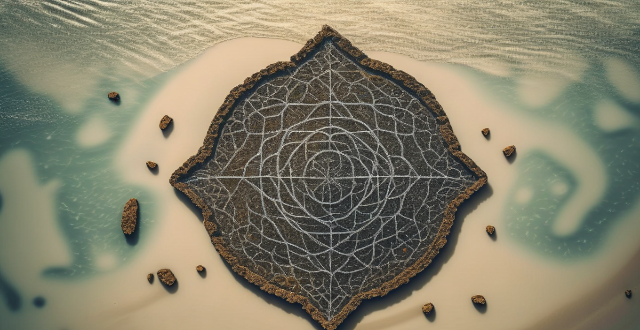Food photography is an art that requires technical skills, creativity, and attention to detail. Some techniques for capturing mouthwatering images include using natural lighting, paying attention to composition, choosing a color palette, using props and styling elements, and post-processing. Tips for each technique are provided, such as shooting near windows or in shaded areas for natural lighting, using the rule of thirds for composition, selecting complementary colors for the color palette, choosing props that complement the dish without competing for attention, and adjusting exposure, contrast, and saturation during post-processing.

Best Techniques for Food Photography
Food photography is an art form that requires a combination of technical skills, creativity, and attention to detail. Here are some of the best techniques for capturing mouthwatering images of food:
1. Natural Lighting
Natural lighting is crucial in food photography as it brings out the natural colors and textures of the food. Shoot near windows or in shaded areas during the daytime to get soft, diffused light.
Tips:
- Avoid direct sunlight as it can create harsh shadows and overexposed highlights.
- Use reflectors or diffusers to bounce light onto the food and fill in any shadows.
2. Composition
Composition is key to creating visually appealing food photographs. Pay attention to how you arrange your subject on the plate and how it fits within the frame.
Tips:
- Use the rule of thirds to position your subject off-center for a more dynamic composition.
- Include negative space to give your subject room to breathe and draw attention to it.
- Experiment with different angles and perspectives to find the most flattering viewpoint for your dish.
3. Color Palette
A well-chosen color palette can make your food photographs pop. Consider the colors of the food, background, and props when planning your shot.
Tips:
- Choose complementary colors or analogous colors to create a harmonious look.
- Use contrasting colors sparingly to add interest without distracting from the main subject.
- Stick to a limited color palette to keep your image cohesive and focused.
4. Props and Styling
Props and styling elements can enhance your food photographs by adding context, texture, and depth to your images.
Tips:
- Select props that complement the dish without competing with it for attention.
- Incorporate ingredients or utensils related to the dish to provide context and interest.
- Use fabrics, napkins, or table settings to add texture and warmth to your shots.
5. Post-Processing
Post-processing is an essential step in food photography that allows you to fine-tune your images and bring out their best qualities.
Tips:
- Adjust exposure, contrast, and saturation to make your food look vibrant and appetizing.
- Use sharpening tools to enhance details and make your subject stand out.
- Apply subtle filters or presets to give your images a consistent style across your portfolio.